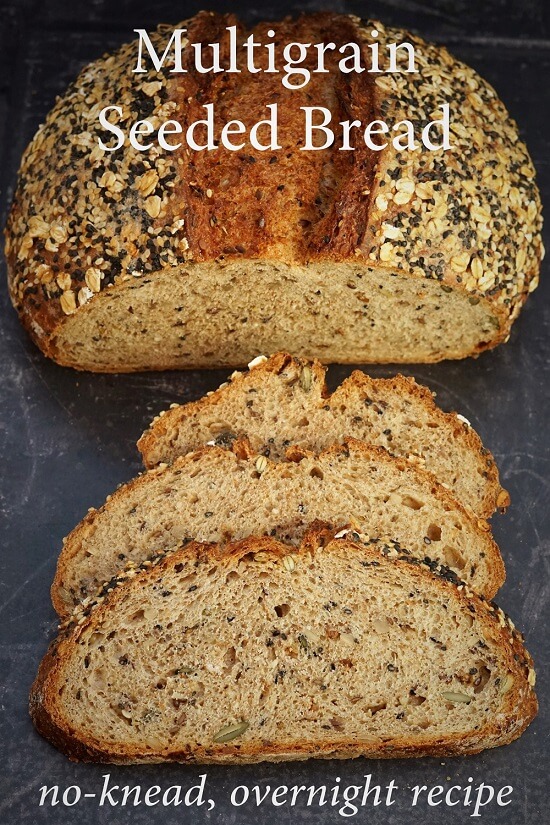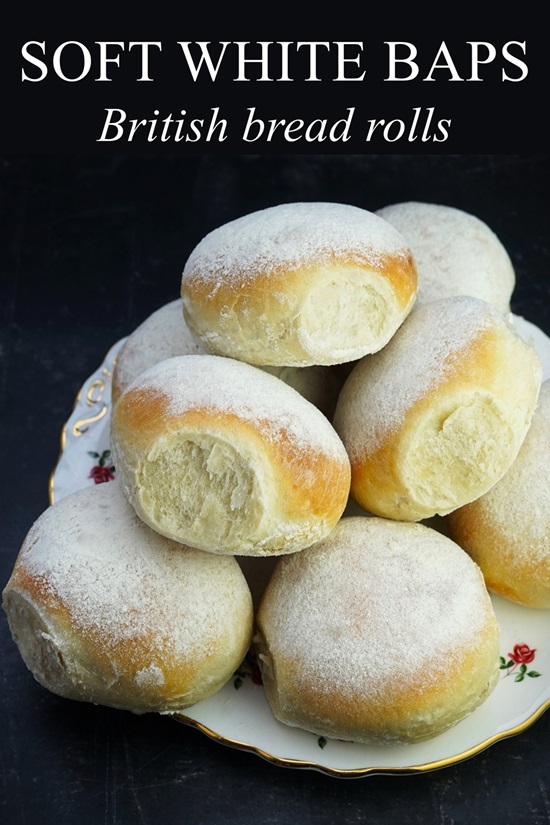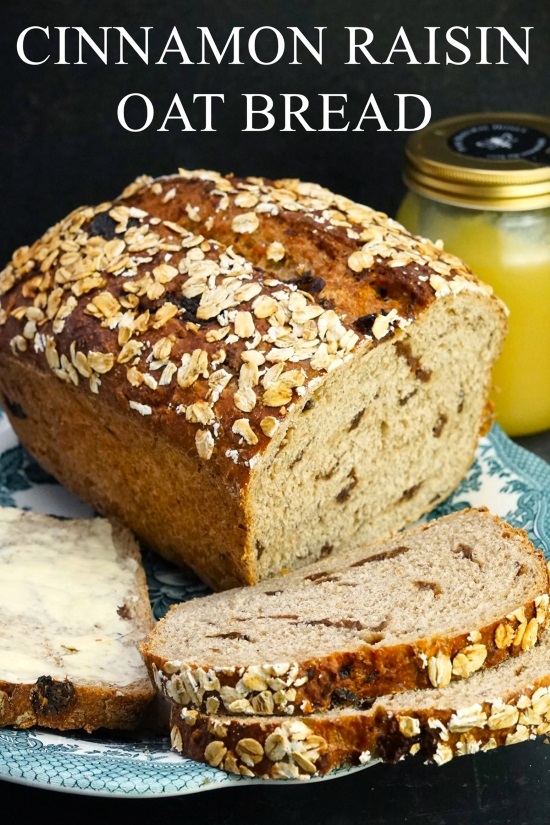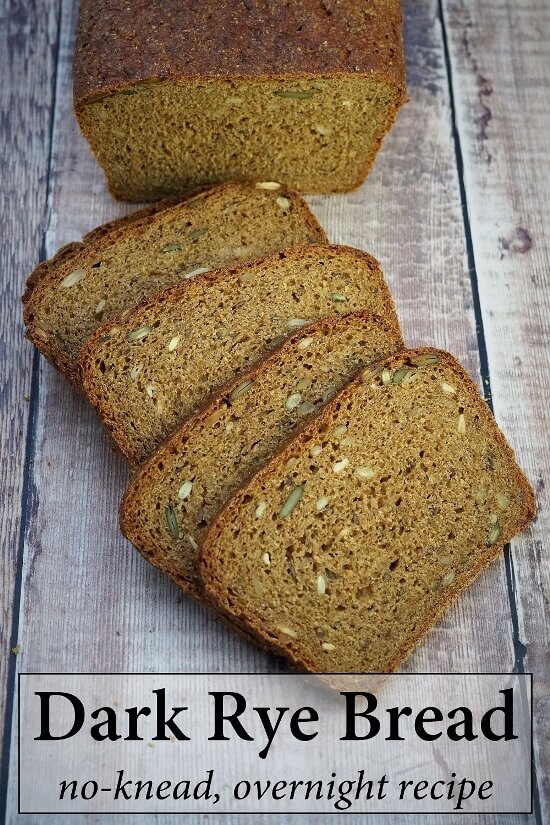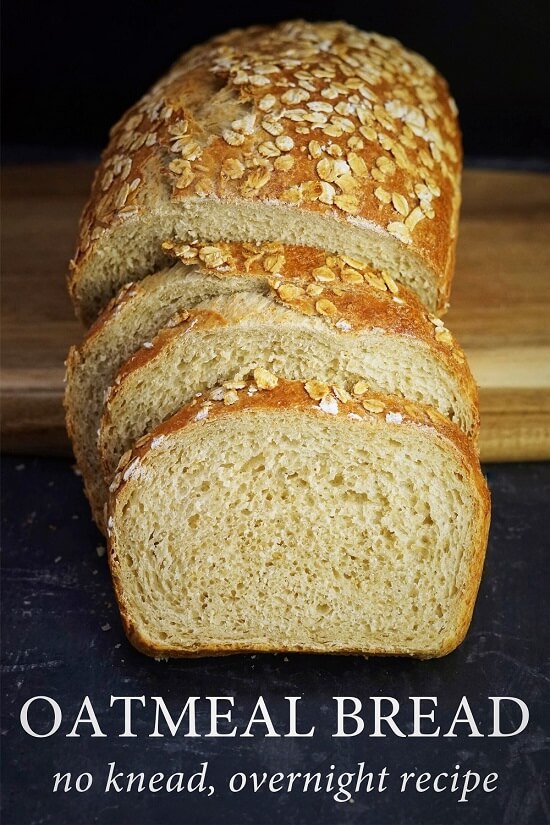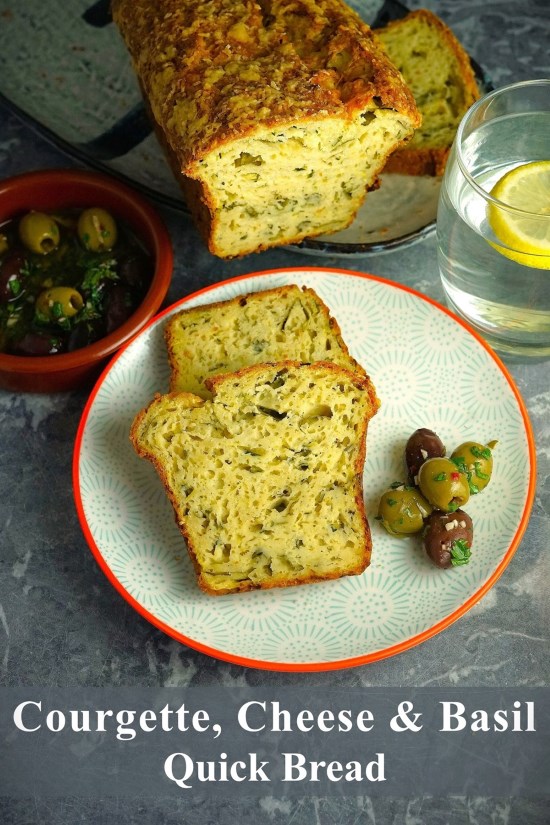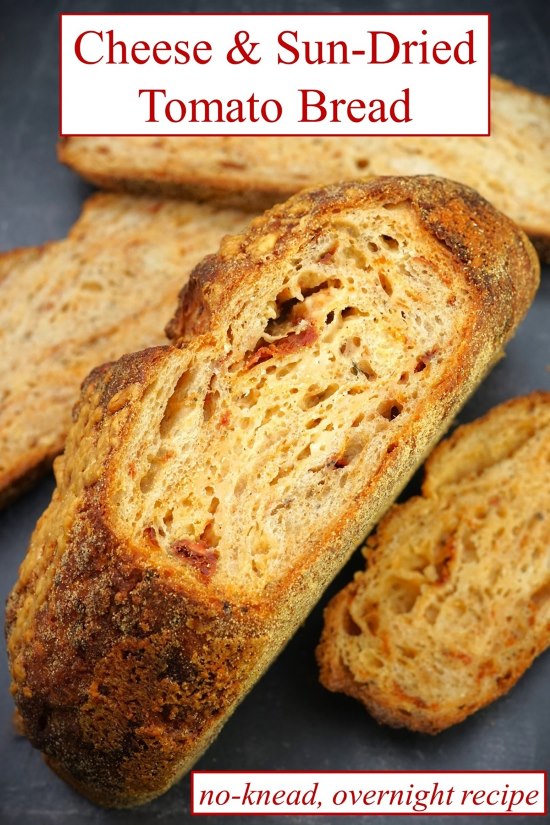Multigrain Seeded Bread Rolls
Multigrain Seeded Bread Rolls, with a flavoursome combination of different grains and seeds, are both tasty and nutritious. With a substantial but not heavy crumb plus a crispy crust with nutty toasted seeds and oats, they’re perfect with your favourite fillings or to eat alongside soups and salads.
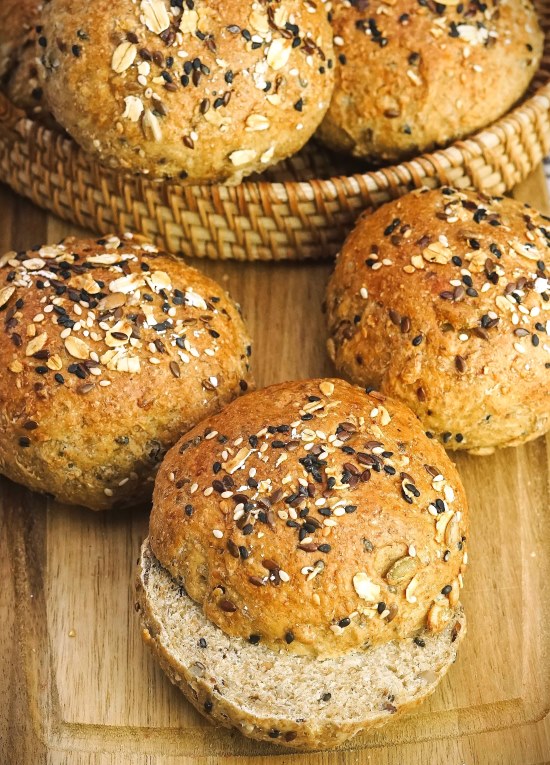
Disclosure: this post may contain affiliate links. If you buy via my links, I may earn a small commission at no extra cost to you.
Jump to Recipe
Who’d have thought that my oven breaking down would lead to the lovely Multigrain Seeded Bread Rolls recipe I’m sharing with you today?
Almost every week, I make a loaf of Multigrain Seeded Bread. Tasty and nutritious, it’s my regular favourite. But when my main oven suddenly gave up, all I was left with was the small oven/grill above. Which is nowhere near big enough to bake a standard loaf. So, while we were deciding on a new one, arranging delivery, installation etc., I decided to recreate that everyday loaf as bread rolls which could be cooked in the small oven.
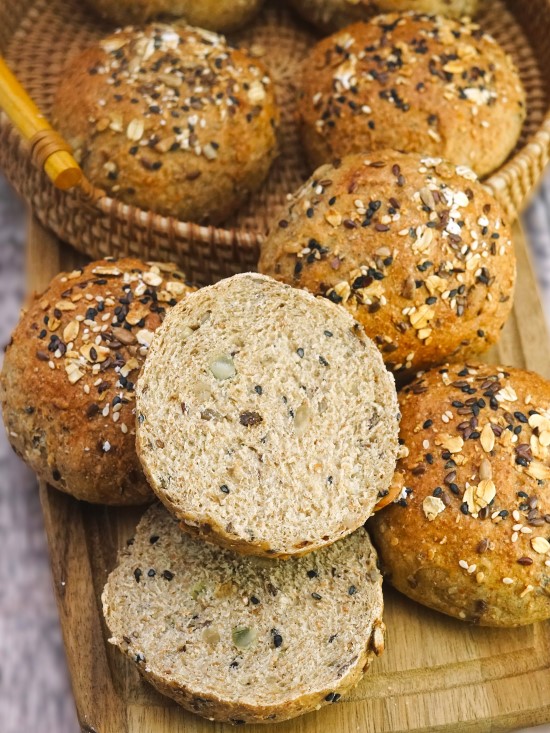
And I was so pleased with the resulting Multigrain Seeded Bread Rolls. With four varieties of flour plus rolled oats and mixed seeds, they had the great flavour I was looking for. The crumb was substantial enough to be filling without being heavy. The crispy crust was enhanced by more oats and seeds baked on top.
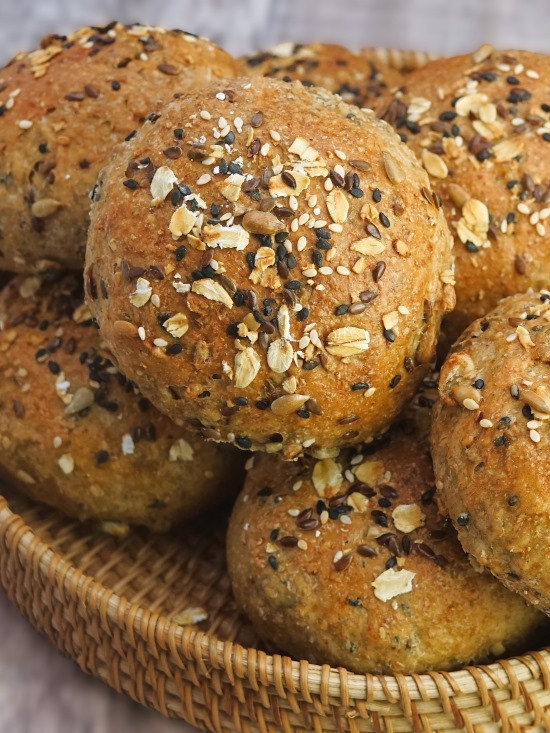
Just like my original loaf, the rolls were perfect for lunchtime fillings. My current favourite is hummus and crunchy carrot salad, but the rolls are lovely with simple ones like cheese and onion, ham, egg mayo, or tuna and cucumber. They’d also be perfect alongside soups and salads.
HOW TO MAKE MULTIGRAIN SEEDED BREAD ROLLS
The hands-on time required for making these rolls is around 30 minutes. This includes mixing up the dough, kneading, then forming it into rounds. You’ll need to allow time for a first rise (60 – 90 minutes) and a second rise or proving (30 – 40 minutes).
You’ll find full instructions and ingredient amounts in the detailed recipe card at the end. But I recommend you read the whole blog post first for tips and step-by-step images.
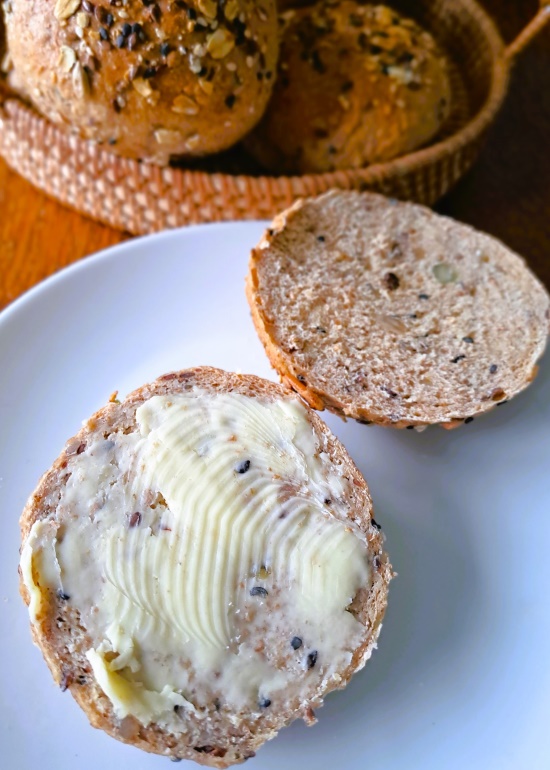
YOUR CHOICE OF GRAINS & SEEDS
You can use your own favourite mix of different flours or start with my suggested combination and see how you like it.
I’ve used equal amounts of wholemeal bread flour, white bread flour, and the tasty blend usually sold as malted or granary flour (I use this brand which includes wheat, rye and barley malt flours with malted wheat flakes). Added to those are oats (the same ones you make porridge with: either rolled oats or the finer ones labelled ‘porridge oats’) plus a little wholemeal rye flour.
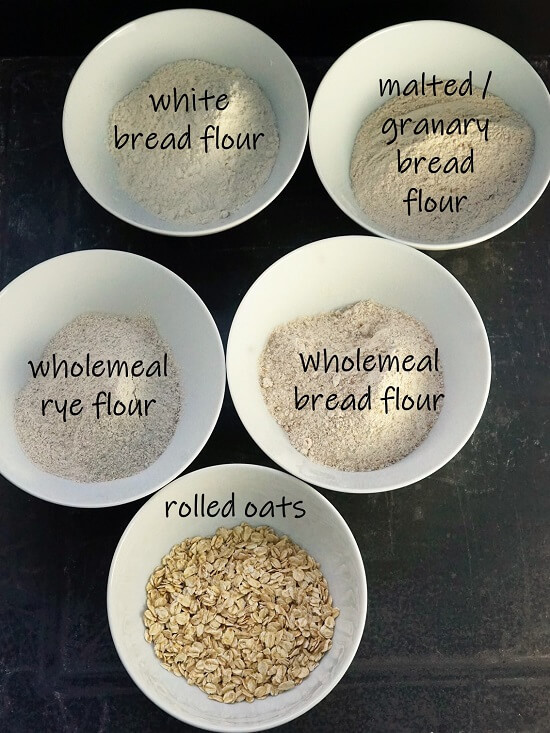
The main difference between this combination and that for the large loaf is that the rolls have a little less of the heavier rye flour. If you want your Multigrain Seeded Bread Rolls lighter or more substantial then you could adjust the ratios of the wholemeal and white bread flours.
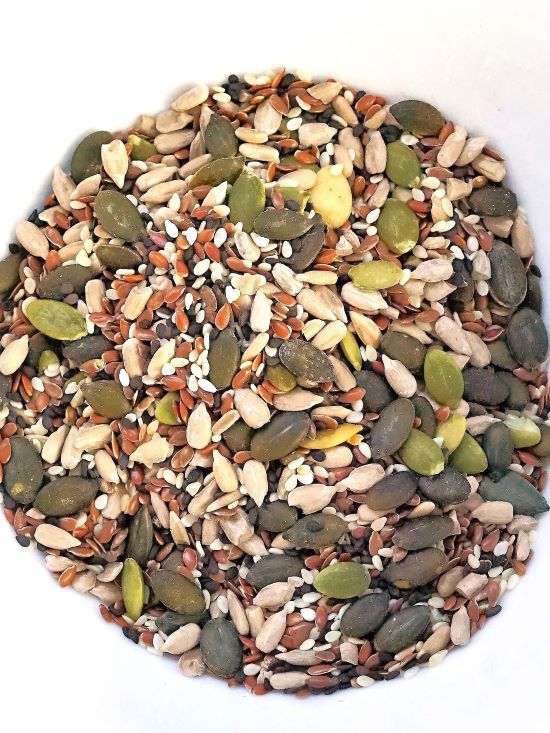
Likewise, you can substitute your favourite seeds for the sunflower, pumpkin, brown flax/linseed, and black and white sesame seeds in my loaf. Hemp hearts, millet, whole or ground chia seeds, or golden flax/linseed would all be good.
THE REST OF THE INGREDIENTS
Besides the flours and oats, here are the other ingredients you’ll need.
- Instant yeast. For my recipe, use dried yeast that doesn’t require activating before adding to the flour. It’s usually labelled quick, fast acting or similar.
- Salt. Gives structure to dough as well as enhancing flavour.
- Caster sugar. Although I don’t add sugar to my no-knead overnight breads, a little in same-day kneaded doughs speeds things along.
- Butter. Gives a little rich flavour as well as making the rolls softer.
- Warm water. Ideally 38 degrees centigrade, but if you don’t have a food thermometer then the water (just above body temperature) should feel pleasantly warm. If in doubt, err on the side of cooler – it will take longer to work, but that’s better than too hot which will kill the yeast.
- Oil for greasing. This is just to stop the dough sticking to the bowl as it rises. Any bland oil will do e.g. sunflower.
MIXING THE DOUGH
Start by soaking the oats in boiling water then leave until cool. Oats can be very ‘thirsty’ and this lessens the chance of them sucking all the moisture from the dough. You can do this well in advance if it’s more convenient. Otherwise, get on with gathering and weighing the other ingredients while the oats are cooling.
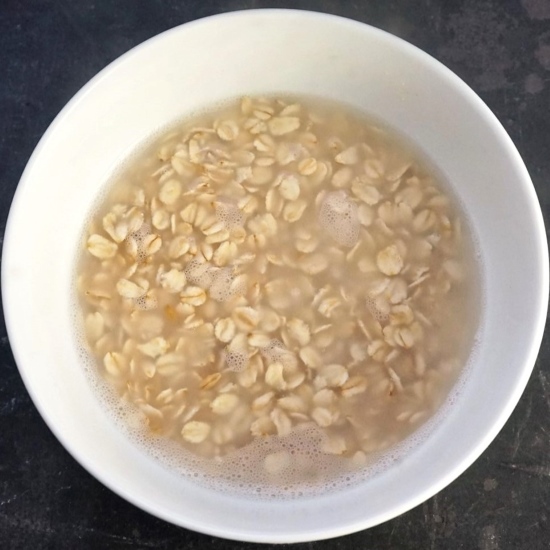
When you’re ready to make the dough, put all the different flours in a roomy mixing bowl and stir together. Next, tip in the soaked oats (drain in a sieve first if there’s any unabsorbed water). Oats are sticky as well as thirsty so if they clump together just rub between your fingers until they’re separate and coated in flour. Now stir in the seeds, followed by the yeast, salt, and sugar.
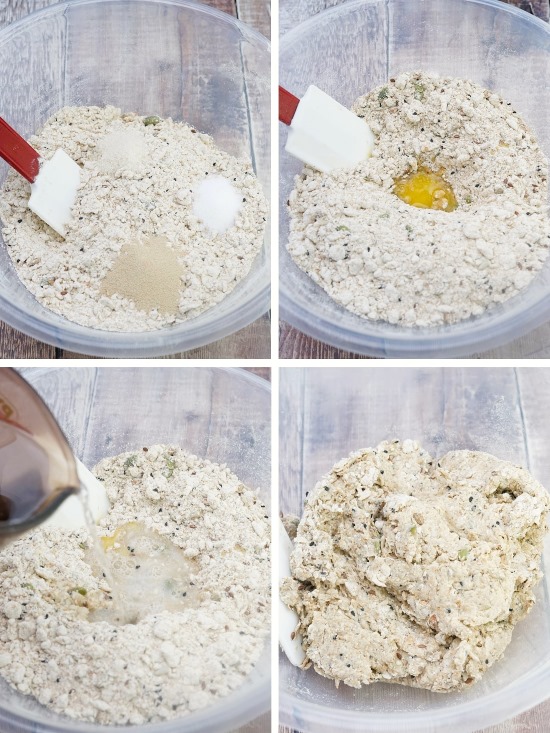
The butter, melted, goes in next along with the warm water. As different flours absorb different amounts of liquid it isn’t possible to be exact about the amount. But 200 ml of water is about right. The important thing is to stir in gradually and avoid a wet dough.
KNEADING & FIRST FERMENTATION
When a dough has almost formed, tip it out onto a clean work surface, ideally covered with a silicone mat. Now fold and knead to finish bringing it together, only adding a little extra flour if necessary to prevent sticking. Continue kneading until you have a smooth dough that immediately springs back when you poke a finger into it. This should take about 10 minutes.
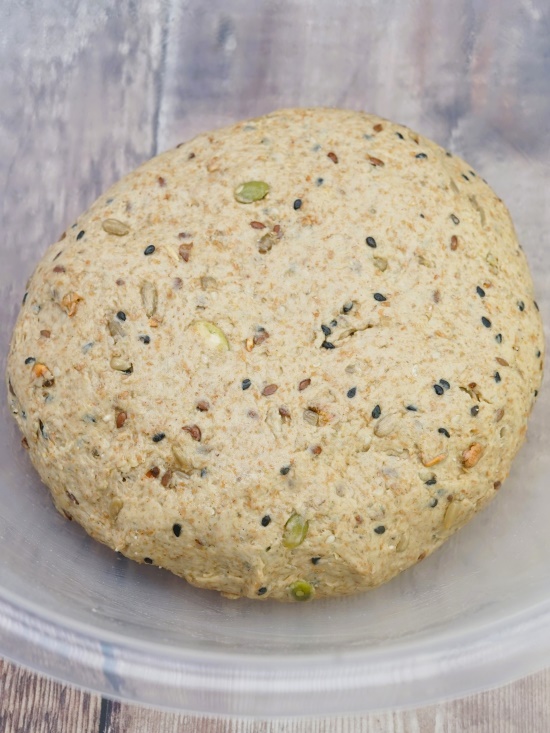
For the first rise or fermentation, put a teaspoon of oil in the wiped-out mixing bowl and turn the dough in it so it’s lightly coated. Cover and leave in a warm place to double in size. I put the bowl in a large reusable polythene bag and place it in the oven previously heated to its lowest temperature then turned off.
In a warm spot such as this, the dough should take 60 – 90 minutes to double.
SHAPING THE BREAD ROLLS
When the dough has doubled, take it out of the bowl and divide into eight equal pieces. I use scales for accuracy. Now form each piece into a ball. The easiest way to do this is via a series of folds then turn over so the smoother side is uppermost. Next, with your fingers touching the worksurface or silicone mat and a dough ball cupped lightly beneath your palm, rapidly move your hand in a circle about 10 times. Take your hand away and you should have a neat, round-topped ball.

When you’ve done this with all the balls, lightly flatten each one with the palm of your hand. Now transfer them to a baking tray you’ve lined with baking paper or have lightly greased.
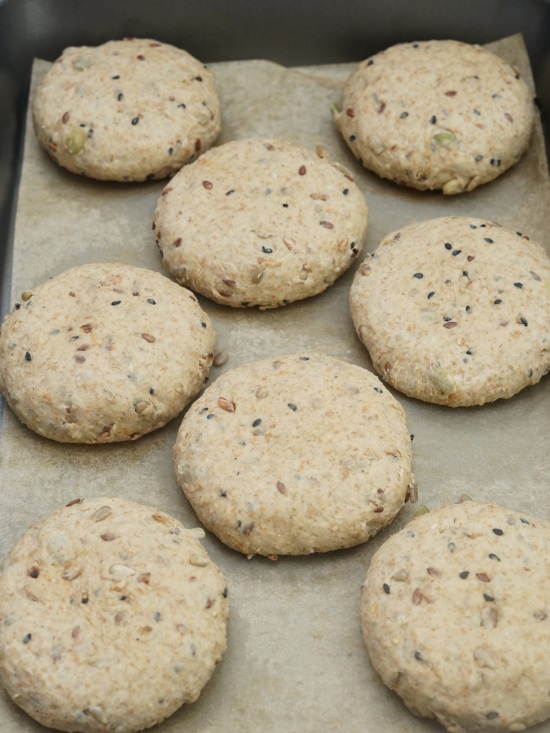
While you want to leave some space between the rolls to allow for expansion, I prefer not to use too large a tray. That’s because it’s quite nice to have the rolls join as they cook, giving you soft edges. My tray is 22 x 30 centimetres, but you could probably get away with 20 x 30.
SECOND RISE OR PROOF
Now the rolls need their second rise or proof. Back in a warm place this should take 30 – 40 minutes. When they’re ready to bake, this time when you gently poke a finger into the dough it shouldn’t immediately spring back. Instead, it should come back slowly and leave a slight indentation.
While the rolls are proofing, preheat your oven to the temperature shown in the recipe card with a shelf positioned in the middle. I also recommend putting another shelf in the lowest position with a deep roasting tray on it to preheat too. I’ll tell you why below.
TOPPING
Just before the Multigrain Seeded Bread Rolls go in the oven, I add a seed and oat topping. A scant tablespoon of mixed seeds plus slightly less oats is plenty. Because of the rolls’ size, smaller seeds look best, I think. So go for sesame, poppy, flax, and sunflower rather than larger ones like pumpkin. The rolled oats I buy are quite large, so I crumble them a little between my fingers.
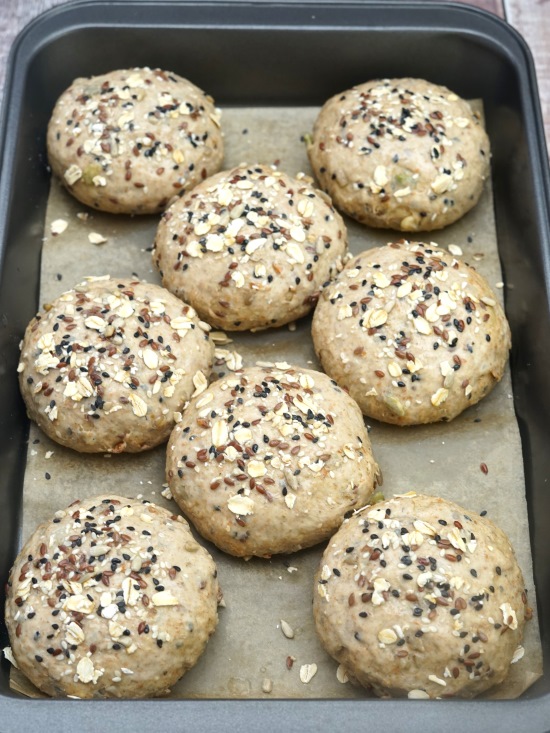
So the topping doesn’t fall off once the rolls are baked, I brush on two layers of egg white beaten with a little water. The first layer goes on before the seeds and oats are sprinkled on to give them an adhesive surface. The second layer goes over the topping to seal it.
BAKING THE BREAD ROLLS
When you’ve added the topping, transfer the tray to the middle shelf of the preheated oven. If you’ve taken my advice to heat a roasting tray as well, then pour cold water into it. Immediately close the door. As it heats up, the water will create steam. This will help the rolls rise for longer as the steamy atmosphere delays the forming of a crust.
The rolls should take around 25 minutes to get risen, appetizingly brown and baked all the way through. But ovens do vary, so yours may take a few minutes more or less. Because my oven bakes rather unevenly, I turn the tray around after 10 minutes. Important: if you’ve added the extra tray to create steam then keep your hands and face well clear when you open the door as lots of steam can quickly rush out.

When baking rolls on baking paper, the bottoms can sometimes stay a little soft. So, for the final few minutes, I take them off the tray and bake directly on the oven shelf. The tray of water can be removed for this stage.
When the Multigrain Seeded Bread Rolls are done, transfer to a wire rack and leave until cold. If you’re not going to eat them all within a couple of days, I recommend freezing the extra ones.
TASTY, NUTRITIOUS MULTIGRAIN SEEDED BREAD ROLLS
With their combination of different grains and seeds, I think Multigrain Seeded Bread Rolls have a lovely flavour. On the outside, the crust is enhanced with more oats and seeds which become extra nutty and toasted. Inside, the rolls are substantial enough for hearty appetites without being heavy.
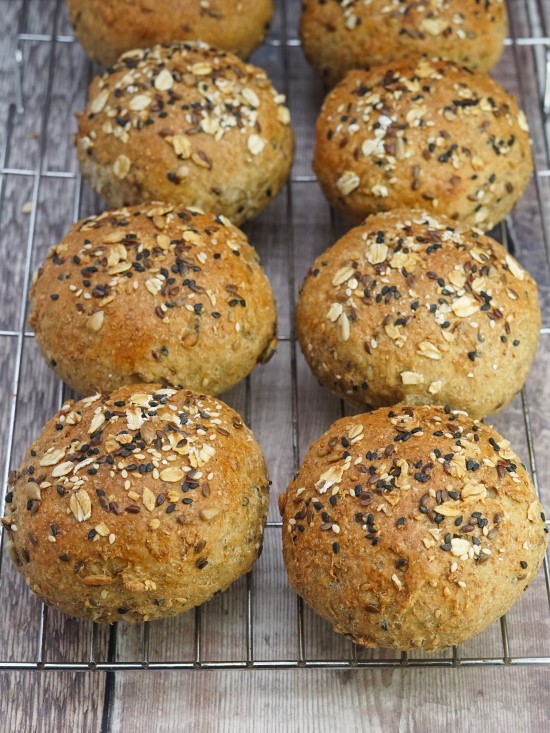
Whether you eat them with your favourite fillings or alongside soups, stews, and salads, I hope you’ll love these nutritious, easy bread rolls too.
If you’ve made this recipe, please leave a comment and rating to let me know how it went.
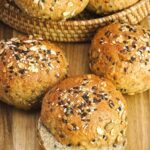
Multigrain Seeded Bread Rolls
With four varieties of flour plus rolled oats and seeds these easy homemade rolls are flavoursome and nutritious.
Substantial enough for hearty appetites without being heavy, Multigrain Seeded Bread Rolls are perfect with your favourite fillings or alongside soups, stews, and salads.
Note: you can vary the flours used so long as they total 450g.
It's recommended that you read the accompanying blog post before starting the recipe.
Ingredients
- 50 g rolled or porridge oats
- 150 ml boiling water from a kettle
- 130 g wholemeal bread flour (plus extra for kneading)
- 130 g malted/granary flour
- 130 g white bread flour
- 60 g wholemeal rye flour
- 80 g mixed seeds (e.g. pumpkin, sunflower, flax, poppy, sesame)
- 1.5 tsp instant yeast (i.e. the type that doesn't need activating before adding to the flour)
- 1.5 tsp salt
- 1 tsp sugar
- 15 g butter (melted)
- 175 - 225 ml warm water (see Recipe Notes)
- 1 tsp bland oil (e.g. sunflower) for greasing
For the oat and seed topping
- 1 scant tbsp rolled oats (for large rolled oats, crumble a little between your fingers)
- 1 scant tbsp mixed small seeds (e.g. sunflower, flax, poppy, sesame)
- 1 small egg white (beaten with a splash of water)
Instructions
-
Soak the oats
Put the oats in a heatproof bowl and pour over the boiling water. Set aside to soak and cool while you gather the rest of the ingredients.
Tip: can be done in advance, up to the night before.
-
Make the dough
In a large bowl, stir together all the flours.
Drain and discard any excess water from the soaked oats then stir them into the mixing bowl ingredients: if the oats clump together then rub between your fingers to separate and ensure they're coated in flour.
Stir in the mixed seeds, yeast, salt, and sugar.
Make a well in the centre then pour in the melted butter.
Gradually add approximately 175 ml of the warm water, stirring as you do so, to start bringing the mixture together. Gradually add more water, stirring all the time, until a firm dough is almost formed - it doesn't matter if there are a few bits of loose flour at this stage.
Note: different flours absorb different amounts of liquid, so you may not need all the water listed in the ingredients or you may need a splash more, but the dough should not be wet or too dry.
-
Knead the dough
Tip the dough and any remaining flour from the bowl onto a clean work surface or silicone mat. Fold and knead to form a dough, only adding a little extra flour if needed to prevent sticking. If it seems dry, add a little water.
Keep kneading for 10 minutes or until you have a smooth ball of dough that immediately springs back when you poke a finger into it.
-
Wipe out the bowl and put 1 tsp of oil in the bottom.
Turn the dough in the oil to coat it, then cover the bowl and put in a warm place (e.g. an oven heated to very low then turned off) until doubled in size: approximately 60-90 minutes.
-
Line a baking tray approximately 20-22 x 30 cm with baking paper or lightly grease it.
-
Shape the rolls
When the dough has doubled, take it out of the bowl and divide into 8 equal pieces and using scales for accuracy.
Fold each piece into a ball then with your fingers touching the worksurface and a dough ball smooth side up lightly cupped beneath your palm, quickly move your hand in a circle approximately 10 times to finish shaping into a neat, round-topped ball.
When all the balls are made, gently press down to flatten a little then place in the prepared baking tray spaced a little apart.
-
Cover and leave in a warm place again for 30 - 40 minutes or until, when you gently press the dough it slowly springs back but leaves a slight indentation. If the dough springs back quickly then it's not yet fully proofed: leave it another 5-10 minutes and check again.
While the rolls are proving:
Preheat your oven to 200°C / 180°Fan /Gas 6 / 400°F with a shelf in the middle. Place another shelf in the lowest position and put a deep roasting tray on it to preheat (you will pour cold water in it later to create steam and help the bread rolls rise).
-
Add the oat and seed topping
When the rolls are ready to bake, brush a layer of the beaten egg white over the top of each roll. Sprinkle over the oat and seed mix then brush over another layer of egg white to seal.
-
Bake the rolls
Transfer the tray to the oven. Pour cold water into the roasting tray to a depth of 3 cm and close the door.
Bake for 20 - 25 minutes or until the rolls are risen, brown and cooked all the way through.
Tip1: if your oven bakes unevenly you can turn the tray around after 10 minutes, but be careful as hot steam may billow out as you open the door.
Tip 2: to brown the undersides of the rolls during the final minutes you can bake them upside down or take them off the tray and bake directly on the oven shelf.
-
Transfer the baked rolls to a wire cooling rack until cold.
Best eaten within 2 - 3 days or can be frozen.
Recipe Notes
Warm water. Ideally, the temperature of the water should be 38 degrees Centigrade. If you don't have a food thermometer then the water should be pleasantly warm if you put a finger in it, not hot. If in doubt, err on the side of cooler: the dough will take longer to rise, but hot water will kill the yeast.
MORE BREAD RECIPES

